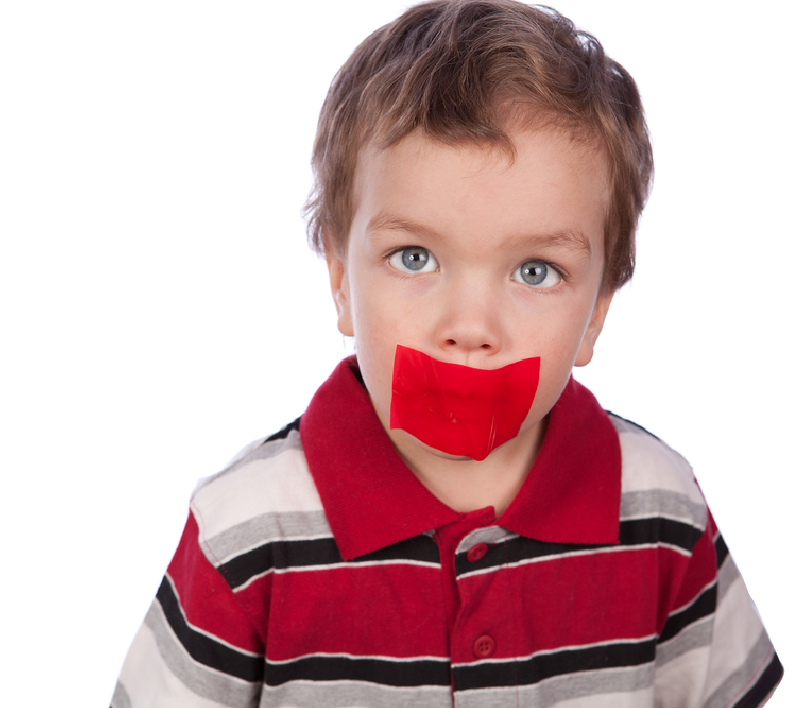So your baby has a flat head? So do 6,000 other kids whose parents are paying attention and have been appropriately making their kids sleep on their backs to prevent SIDS (Sudden Infant Death Syndrome). Actually, the “Back to Sleep” campaign probably isn’t to blame, nevertheless there are a lot of you out there deciding whether to have your child fitted for a cranial band. And I was one of those parents too.
A recent study in the BMJ has been covered extensively in the press and says that helmets don’t make any difference. Let me tell you, I think the jury is still out on this one. My son had a helmet (he actually needed 2 because he outgrew the first) and I’m really glad I did it. I absolutely did not want him to wear a helmet, but I’m glad I made the decision to do it and I only regret we didn’t start sooner.
This is a difficult decision for any parent to make, and is only made more difficult by this newly-published study. The study published in May, 2014 is the only scientifically rigorous, randomized-controlled-trial of cranial bands to date and is the first of its kind to evaluate this treatment. This study is a great start to test whether this treatment is helpful. But it does have its limitations when considering whether to treat your own child.
The study followed 84 infants with plagiocephaly, or “flat-head syndrome” who were either treated with a helmet or were assigned not to have a helmet. The results showed that there was no long-term difference in head shape between the 2 groups, and that the parents who chose helmets had a number of complaints about the helmets, including skin irritation and bad smell.
But the number of patients in this study was relatively tiny, which is a big downfall. They asked 403 people to be in the study and only 84 agreed. The real contribution of this study will be when they evaluate only the subset of kids who had more significant head-flattening to see if they were helped by the helmets.
Until we know this information, this is what I would do as a parent. If your child has facial asymmetry, I would get a cranial band. Look at your child head on, are his eyes relatively symmetric? Now look down on the top of his head. Can you see that one side of his forehead is sticking out or one cheek is further out than the other? There’s nothing to lose, and you aren’t going to regret getting the helmet. I suspect that further investigation will show that the helmets are helpful to a certain population of more significantly effected babies. Until we know for sure, I would get my child a helmet if you can see any of the asymmetries above and if he also has either a diagnosis of “torticollis” or you can see that he has a strong preference for always looking to one side.
I admit that I couldn’t sleep due to anxiety about how my son would adapt to his helmet. And in the end, it prevented many bumps on the head while he was learning to walk and he loved his helmet so much that he was upset when I removed it for his bath.









